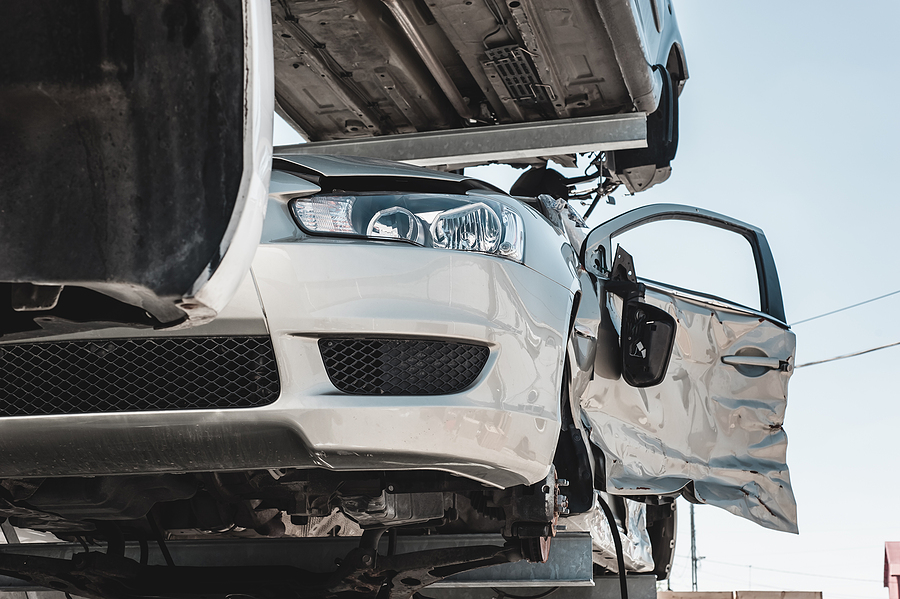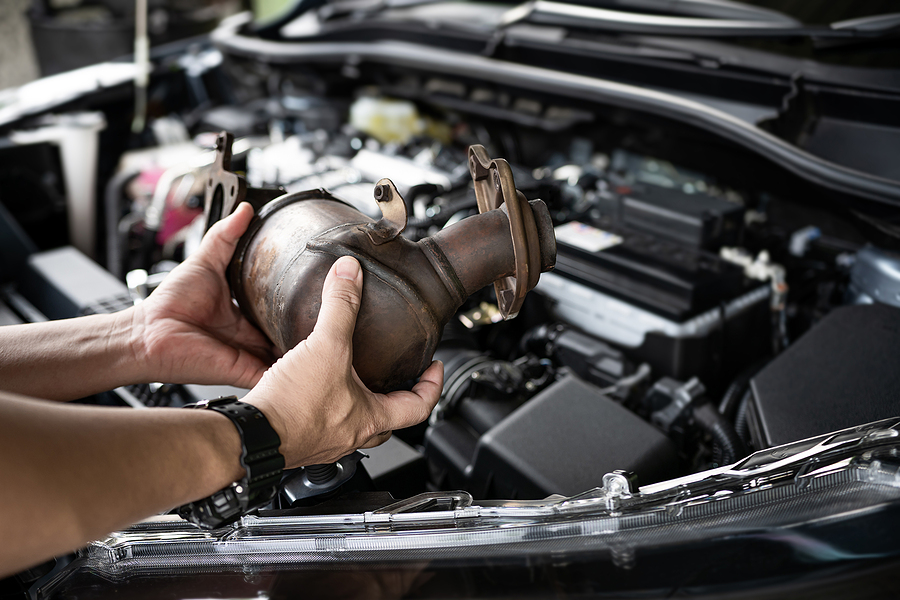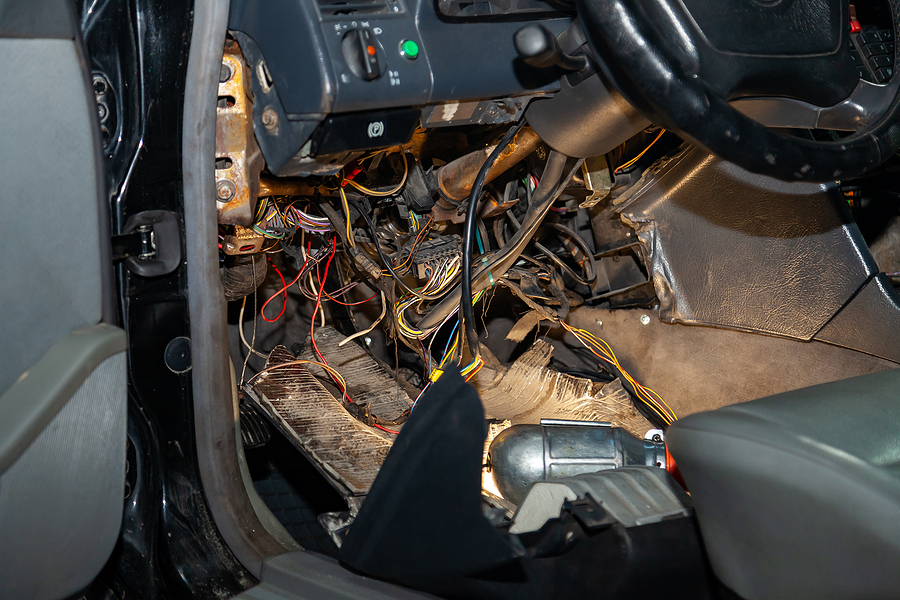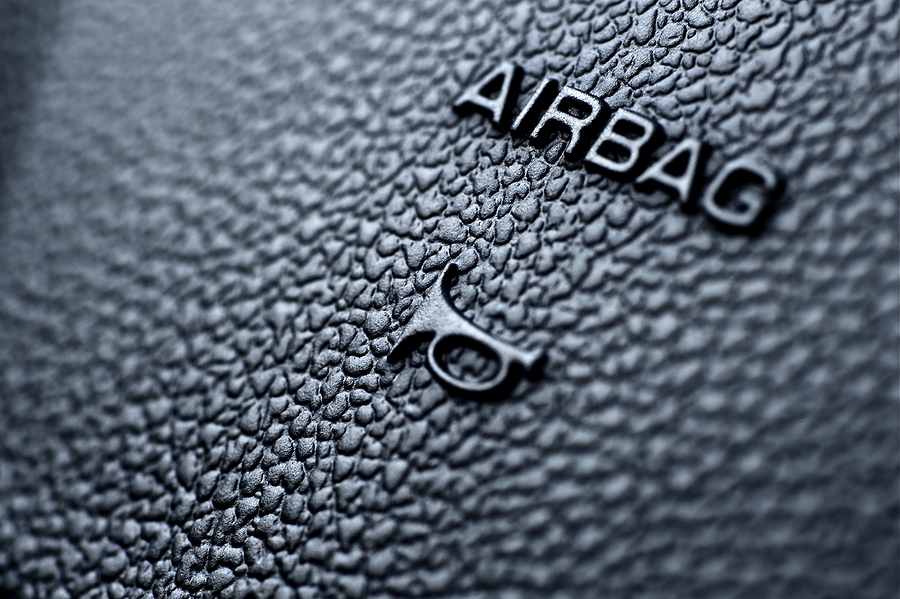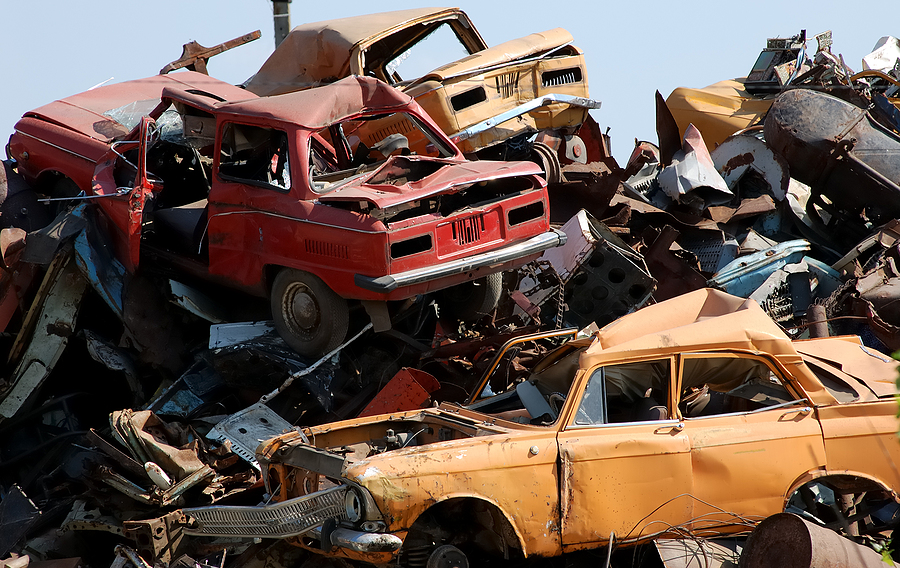Owning a vintage vehicle is a unique experience. It’s more than just having a car; it’s preserving a piece of automotive history. The distinct design, the roar of the engine, and the connection to a bygone era bring a sense of pride and joy. But this joy comes with a responsibility. Proper maintenance is essential to keep your classic car running smoothly and looking its best for years to come.
A vintage car isn’t like a modern vehicle that you can take to any corner garage. It has specific needs and requires a delicate touch. Neglecting its care can lead to costly repairs and diminish its value and character. This guide will walk you through the essential maintenance tips to help you protect your investment and enjoy every moment behind the wheel.

Understanding Your Vintage Vehicle
Every classic car has its own story and personality. The first step in responsible ownership is to get intimately familiar with your specific make and model. This knowledge is your best tool for effective maintenance.
Know Your Make and Model
Begin by researching the history and common issues associated with your vehicle. Was it known for electrical problems? Are certain parts notoriously difficult to find? Joining online forums and car clubs dedicated to your specific model can provide a wealth of information from experienced owners who have faced similar challenges.
The Owner’s Manual is Your Bible
If your vehicle came with its original owner’s manual, consider it an invaluable resource. This book contains crucial information straight from the manufacturer, including recommended fluid types, maintenance schedules, and operating procedures. If you don’t have one, it’s worth searching for a reproduction or a digital copy online. It will provide a foundational understanding of your car’s specific needs.
Regular Maintenance Tasks
Consistent, routine maintenance is the foundation of keeping your vintage vehicle in top condition. These simple tasks, when performed regularly, can prevent major problems down the road.
Check and Change Fluids
Fluids are the lifeblood of your car. Unlike modern vehicles with sealed systems, vintage cars often require more frequent checks.
- Oil: Check the oil level at least every few hundred miles. Vintage engines tend to consume more oil, and regular changes (typically every 3,000 miles or annually) are crucial to prevent engine wear.
- Coolant: Overheating is a common enemy of classic cars. Regularly inspect the coolant level and check for leaks. Ensure you are using the correct type of coolant for your vehicle’s engine.
- Brake Fluid: Brake fluid absorbs moisture over time, which can lead to brake failure. Check the fluid level and condition, and plan to flush and replace it every two years.
Inspect Belts and Hoses
The rubber components in your engine bay are susceptible to drying out and cracking with age. Regularly inspect all belts and hoses for signs of wear, such as cracks, brittleness, or softness. A failed belt or hose can leave you stranded and cause significant engine damage, so proactive replacement is key.
Maintain the Battery
If you don’t drive your classic car daily, the battery can lose its charge. A battery tender or trickle charger is a wise investment to keep the battery topped up and ready to go. Also, ensure the battery terminals are clean and free of corrosion, as this can prevent the car from starting.
Get a Free Offer for Your Old, Vintage Car! ✨
Storage Best Practices
How you store your vintage vehicle is just as important as how you maintain it. Proper car storage protects it from the elements and preserves its condition, especially during long periods of inactivity.
Climate Control is Key
The ideal storage environment is a dry, temperature-controlled garage. Extreme temperatures and humidity can damage paint, rust metal, and degrade rubber and upholstery. If a climate-controlled space isn’t an option, do your best to keep the vehicle protected from direct sunlight, moisture, and temperature swings.
Cover it Correctly
Use a high-quality, breathable car cover. Plastic tarps can trap moisture against the car’s surface, which can lead to rust and paint damage. A soft, custom-fit cover will protect your vehicle from dust, debris, and scratches without harming the finish.
Prep for Long-Term Storage
If you plan to store your vehicle for several months, a few preparatory steps are necessary. Fill the gas tank to prevent moisture from accumulating and add a fuel stabilizer to keep the fuel from degrading. It’s also a good idea to change the oil before storage to remove contaminants that can damage the engine.
Finding the Right Mechanic
There will come a time when your vintage vehicle needs a repair that is beyond your skill set. Finding a mechanic you can trust is one of the most important aspects of classic car ownership.
Not every mechanic is equipped to work on a vintage car. These vehicles require specialized knowledge, specific tools, and a patient approach. Look for a mechanic or shop that specializes in classic cars or your specific make.
Ask for references, read reviews, and talk to other classic car owners in your area for recommendations. Building a relationship with a knowledgeable mechanic is an investment in your car’s future.
When It’s Time to Let Go of an Old Car
Despite your best efforts, there may come a point when a vintage vehicle is beyond reasonable repair. Rust can become too extensive, parts may be impossible to find, or the cost of restoration might far exceed the car’s actual cash value. Recognizing when it’s time to let go can be a difficult but necessary decision.
Signs that it might be time to scrap your vehicle include severe frame damage, widespread and irreparable rust, or an engine that has seized beyond repair. In these cases, the car may be more valuable as parts or scrap metal than as a whole vehicle.
Preserving Your Passion
Maintaining a vintage vehicle is a labor of love that rewards you with an unparalleled driving experience. By understanding your car, performing regular maintenance, and knowing when to seek expert help, you can ensure your classic remains a source of pride for many years. Each turn of the wrench and polish of the chrome is a step in preserving a piece of automotive art.
If your classic car project has reached the end of the road and you’re in the Cincinnati, Ohio area, we can help. Contact Us for a Free Offer for your junked, vintage or classic vehicle. We provide cash on the spot and free scrap car removal, making the process simple and hassle-free.
Related Post: How to Get the Most Money From Your Old Car at a Salvage Yard

